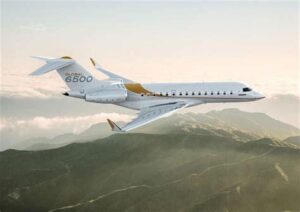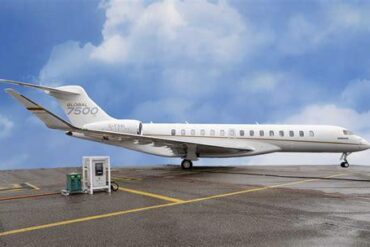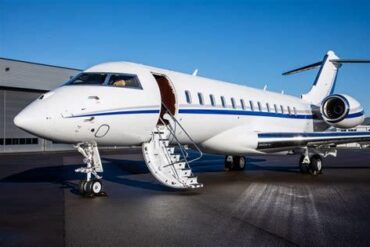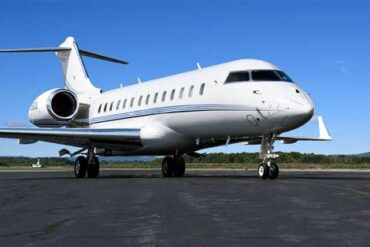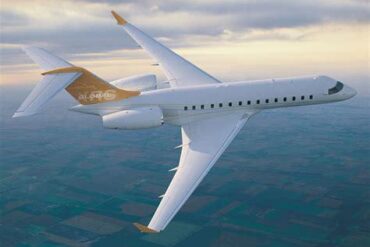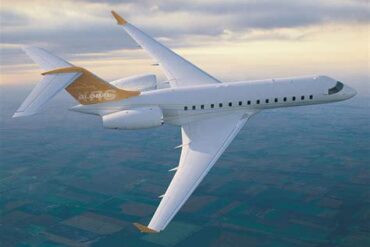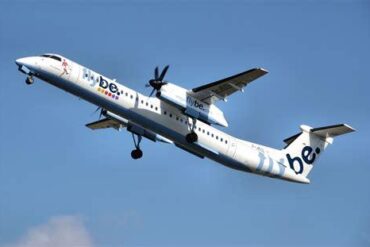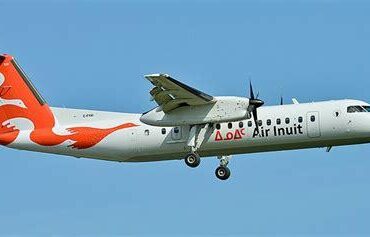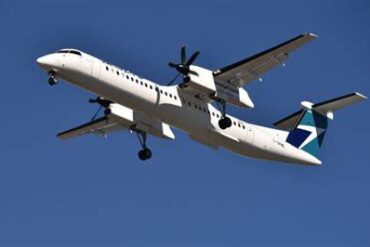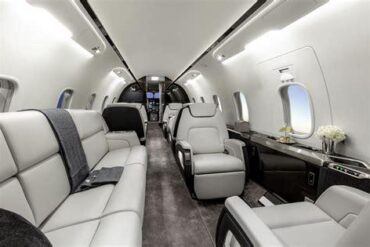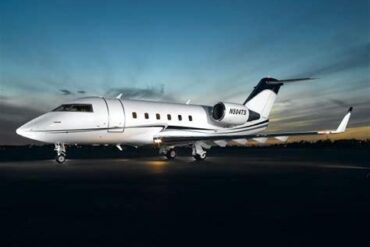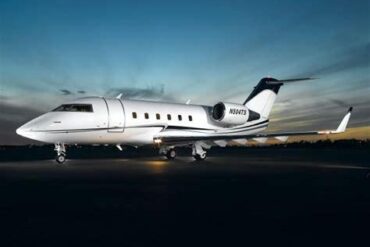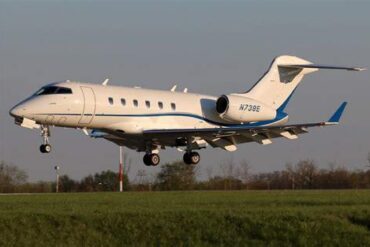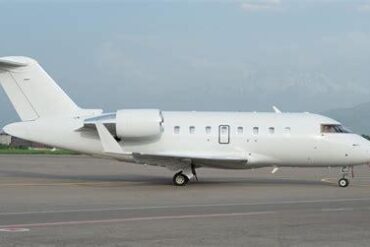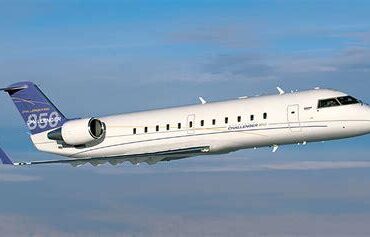The Bombardier Global 6500 stands as a beacon of luxury and performance in the world of business aviation. With its advanced technology, spacious cabin, and impressive range, it is no surprise that many corporations and high-net-worth individuals consider this aircraft as a top choice. In this article, we will delve into the price of the Bombardier Global 6500, as well as its operating costs, offering a comprehensive overview for potential buyers and operators.
Overview of the Bombardier Global 6500
Launched as part of Bombardier’s acclaimed Global family, the Global 6500 represents a significant advancement in design and engineering. Powered by Rolls-Royce Pearl 15 engines, the aircraft boasts a maximum range of 6,600 nautical miles (12,223 kilometers), allowing for non-stop flights between major global cities. This capability is particularly attractive for businesses looking to minimize travel time and maximize productivity.
One of the standout features of the Global 6500 is its spacious cabin, which can comfortably accommodate up to 13 passengers. The interior design is fully customizable, offering a range of luxurious finishes and amenities, including a full galley, an advanced entertainment system, and options for private sleeping quarters. The cabin altitude of 4,850 feet also enhances passenger comfort, ensuring a relaxed flying experience.
Purchase Price of the Bombardier Global 6500
When considering the purchase of a Bombardier Global 6500, prospective buyers should be prepared for a significant investment. The base price for a new Global 6500 is approximately $54 million. However, this figure can vary based on several factors, including customizations, additional features, and the current market conditions.
Factors Influencing the Purchase Price
-
Customization Options: Buyers have the option to tailor the aircraft to their specific needs, which can significantly increase the overall cost. Custom paint jobs, bespoke interiors, and advanced avionics systems are just a few examples of how personalization can impact the price.
-
Market Demand: The aviation market is subject to fluctuations. High demand for business jets can elevate prices, while a surplus may lead to discounts. Understanding the current market landscape is crucial for negotiating a fair price.
-
New vs. Pre-Owned: Purchasing a pre-owned Global 6500 can lead to substantial savings, with prices typically ranging from $35 million to $50 million, depending on the aircraft’s age, condition, and total flight hours.
Operating Costs of the Bombardier Global 6500
Beyond the initial purchase price, it is essential to consider the operating costs associated with owning and flying a Bombardier Global 6500. These costs can vary widely based on usage, but we can provide a breakdown of the main components that contribute to the overall expense.
1. Fuel Costs
Fuel is often one of the most significant ongoing expenses for any aircraft owner. The Global 6500 has a fuel burn rate of approximately 5,000 pounds per hour. Given the current average price of aviation fuel, which hovers around $5 per gallon, owners can expect to pay about $2,200 per hour in fuel costs alone. For a typical flight of 3 hours, this translates to about $6,600 per trip.
2. Maintenance Costs
Regular maintenance is critical to ensure the longevity and safety of the aircraft. The Bombardier Global 6500 requires both scheduled and unscheduled maintenance, which can average around $1,000 to $1,500 per hour of flight. This includes routine inspections, parts replacements, and any unexpected repairs. Over a year, if the aircraft flies 200 hours, maintenance costs could total between $200,000 and $300,000.
3. Crew Expenses
Employing a qualified flight crew is another essential aspect of operating a Global 6500. A typical flight crew consists of at least two pilots, with salaries varying based on experience and location. On average, pilot salaries can range from $100,000 to $200,000 per year per pilot, adding to the annual operating budget. Additionally, training, accommodation, and per diem expenses must also be factored in.
4. Insurance Costs
Insurance is a necessary expense for any aircraft owner. Depending on the coverage level and the operator’s safety record, insurance costs for the Global 6500 can range from $30,000 to $70,000 annually. It is advisable to consult with an aviation insurance broker to determine the most suitable policy for your needs.
5. Hangar and Storage Fees
Storing the Bombardier Global 6500 when not in use also incurs costs. Hangar fees can vary significantly based on location. In high-demand areas, monthly hangar fees can reach $3,000 to $10,000. Over the course of a year, this could amount to $36,000 to $120,000.
6. Miscellaneous Costs
Additional costs include landing fees, navigation fees, and other operational expenses. These can vary based on airport and flight paths but can average around $1,000 to $2,000 per flight. If we consider 100 flights per year, this could add another $100,000 to $200,000 to the operating budget.
Total Estimated Operating Costs
To summarize, let’s calculate the estimated annual operating costs based on the factors discussed:
| Expense Category | Estimated Annual Cost |
|---|---|
| Fuel Costs | $1,320,000 |
| Maintenance Costs | $200,000 – $300,000 |
| Crew Expenses | $200,000 – $400,000 |
| Insurance Costs | $30,000 – $70,000 |
| Hangar and Storage Fees | $36,000 – $120,000 |
| Miscellaneous Costs | $100,000 – $200,000 |
| Total Estimated Costs | $1,986,000 – $2,610,000 |
This comprehensive analysis indicates that the annual operating costs for a Bombardier Global 6500 can range between approximately $1.9 million and $2.6 million, depending on various operational factors.
Conclusion
In conclusion, the Bombardier Global 6500 is an exceptional aircraft that offers unparalleled luxury and performance, making it a prime choice for those seeking to enhance their travel experience. While the initial purchase price is significant, the subsequent operating costs must also be carefully considered to ensure the investment aligns with financial capabilities and expectations. By understanding these costs in detail, potential buyers can make informed decisions about their aviation needs, ultimately leading to a rewarding ownership experience.
